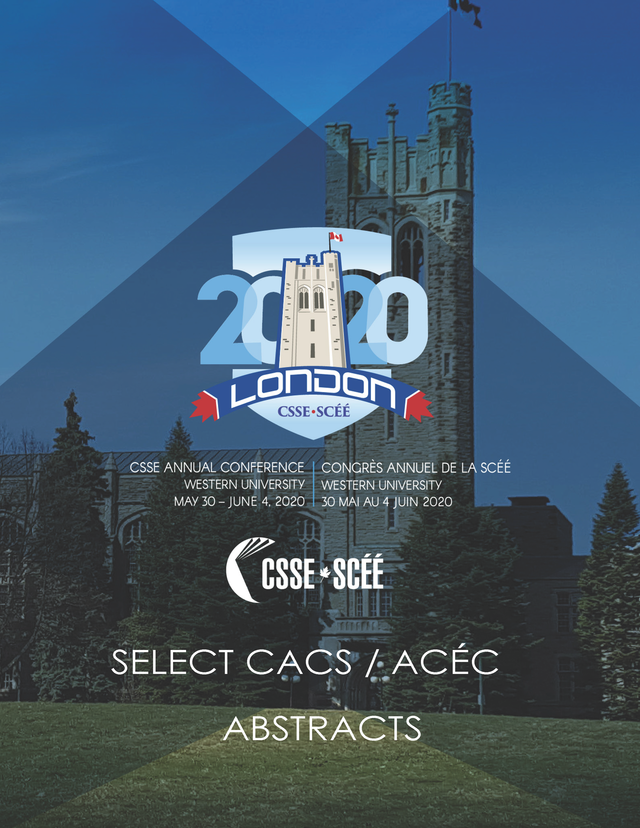Teachers’ Perspectives on Building Spaces for Students To Be Change Agents
DOI :
https://doi.org/10.25071/1916-4467.40568Mots-clés :
multimodal learning and teaching, literacy educators, social justice issuesRésumé
This research project is centered around five participating elementary teachers and how they created space for multimodal, literacy-based curricula in their classrooms using culturally responsive teaching (Nieto, 2017, 2018) for social justice. This presentation is a reflection on this focus. For example, Cassidy, a grade three teacher in a diverse urban school, shared that her pedagogy is “always social justice because I want my kids to be change agents if they can be. If I can just teach them how to be more understanding of each other and of humanity; and just be able to see people as humans.” The teachers shared how attending professional development workshops on oppression and discrimination helped them build resources that focused on inclusion and equity. Comprehensive interviews and analyses of pedagogical tools and designs provided knowledge about the multimodal resources, tools and activities that helped the teachers build effective social justice-focused curriculum. The interviews and analyses also provided insight into their struggles and successes as well as their ongoing pedagogical goals. A New Literacies perspective (Coiro et al., 2008) helped reveal how these teachers collaborate, plan and create equitable learning spaces and opportunities in their classrooms. The study also highlights how these teachers built opportunities for multimodal teaching and learning and how they developed their culturally responsive teaching practices.Téléchargements
Publié-e
2020-06-27
Comment citer
Doyle-Jones, C. (2020). Teachers’ Perspectives on Building Spaces for Students To Be Change Agents. La Revue De l’association Canadienne Pour l’étude De Curriculum , 18(1), 24–25. https://doi.org/10.25071/1916-4467.40568
Numéro
Rubrique
Curricular and Pedagogical Provocations
Licence

Copyright for work published in JCACS belongs to the authors. All work is licensed under a Creative Commons Attribution-ShareAlike 4.0 International license.


